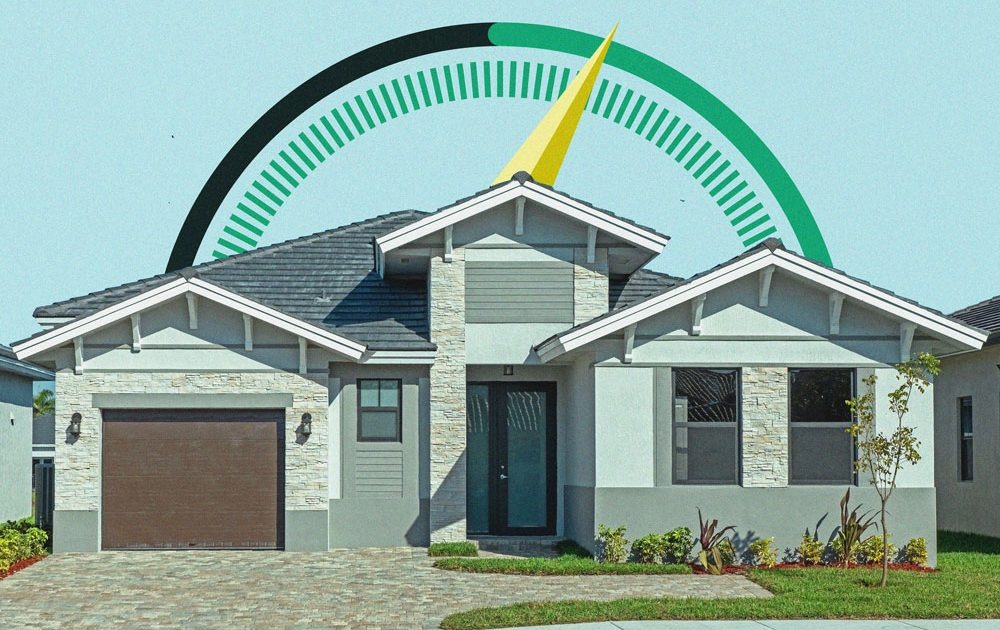
The most crucial data that mortgage lenders consider is information from the previous 24 months. However, they may look at negative information from years ago, such as bankruptcies or foreclosures.
All major credit bureaus that receive, store, and report creditor information are Experian, Equifax, and Transunion. Mortgage companies examine the data they give to your credit reports.
Mortgage lenders examine information from your credit report, including your payment history, account mix, and debt-to-income ratio. They also check your credit history for any bad things that would automatically preclude you from receiving a home loan.
Two years of the proper credit practices and credit history must be sufficient to assist you qualify for a house loan if you are establishing your credit from scratch.
Specific guidelines, issued by Equifax, specify how long information appears on customer credit reports and is labeled as either “positive” or “negative.”
Negative information often lasts seven years on credit reports. For instance, whether the amount is finally paid, late payments, auto seizures, and house foreclosures continue for 7 years from the first date of delinquency.
When creditors are unable to collect a debt, they usually “charge off” the account, which is then frequently transferred to a different collection agency. In this case, the adverse entry stays on your record for seven years following the initial missed payment.
The negative item will still be present on the credit report even if you settle the debt peacefully with a collection agency before the seven-year window expires, but it will have a reduced negative effect on your credit score overall.
If you recently experienced a house foreclosure, it would likely take you longer than 2 years of good credit conduct before you can once again qualify for a mortgage.
Bankruptcies filed under Chapters 7 and 13 are both shown on credit reports for 10 and 7 years, respectively, following the filing date.
As long as they are still open and in good standing, active credit accounts fall under the “positive” category and are shown on the credit report permanently. Your credit record will include canceled credit accounts that were successfully settled for ten years.
Lenders frequently ask for copies of a consumer’s credit report formally, or through a “hard inquiry,” when they submit a loan application. The “hard inquiry” can lower your credit score a little bit and stays on your record for up to two years.
How Long Will It Take to Build a Strong Credit History?
If you’re just getting started, it won’t take you more than two years to build a credit history that will allow you to get a mortgage. This necessitates, among other things, having a mixture of types of account types and making all your bills on time.
Cultivating a history of responsible account management that is being notified to the credit bureaus is necessary to have excellent credit. According to data, obtaining a decent credit score is simpler when a person has no credit history than when they have.
FICO and VantageScore are two of the most popular methods used for credit rating; they both commonly employ a score ranging from 300 to 850. A VantageScore can be obtained with as little as one month of credit account activity, compared to the six months required for a FICO score.



 Build Credit the Easy Way
Build Credit the Easy Way  Learn about the best companies to consider investing in the midst of an inflation boom
Learn about the best companies to consider investing in the midst of an inflation boom  How to improve credit for any financial circumstance
How to improve credit for any financial circumstance